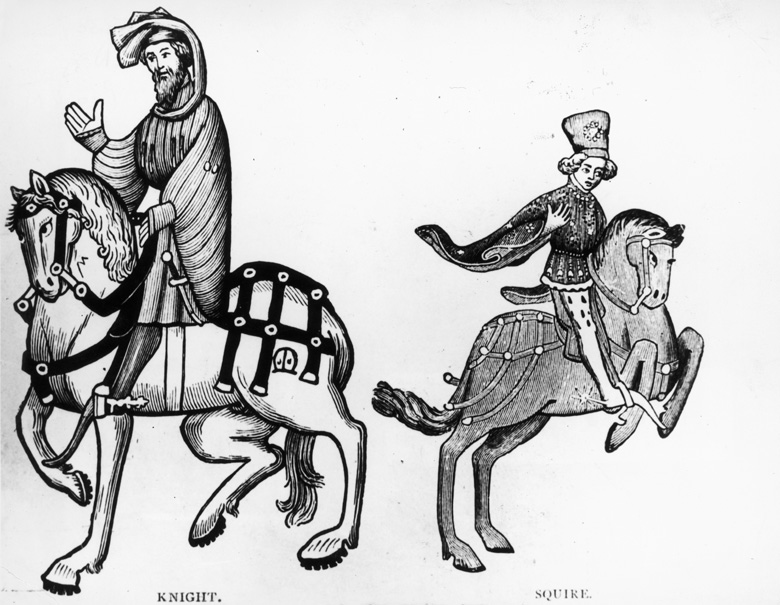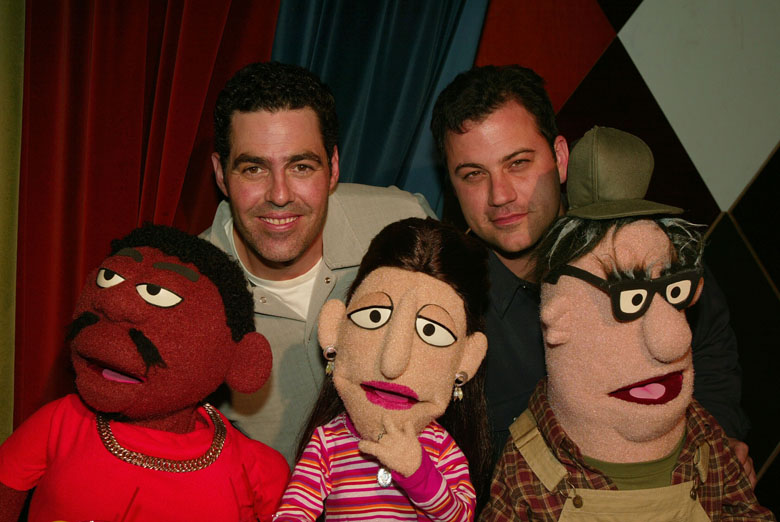
U.S. President Barack Obama winks as he tells a joke about his place of birth during the White House Correspondents Association Dinner in Washington, D.C., April 28, 2012. (SAUL LOEB/AFP/Getty Images)
Today is April 1 which means it’s April Fools’ Day, sometimes incorrectly written as April Fool’s Day. On this day, people play practical jokes on each other and spread hoaxes. The day is not an official holiday but is celebrated in a majority of the western world, where it has its origins in a variety of Christian and non-Christian traditions. According to the Huffington Post, “Some argue that April Fools’ Day is a remnant of early ‘renewal festivals,’ which typically marked the end of winter and the start of spring.”
The first day of spring for 2017 was March 20.
Learn more about the origins and history of April Fools’ Day below!
1. It Has Roots in Paganism

Re-enactors from the Roman Deva Victrix 20th Legion parade through the city of Chester as they celebrate the ancient Roman festival of Saturnalia on December 15, 2016 in Chester, England. (Christopher Furlong/Getty Images)
As suggested earlier, April Fools’ is possibly a remnant of early “renewal festivals” celebrated by pagans. Sizdah Bedar is the oldest prank-tradition still practiced today. The holiday comes from Iran and can be dated to at least 536 B.C., according to The Express Tribune. It marks the last day of Nowruz, the Persian New Year, which is celebrated on the spring equinox. Sizdah Bedar means “Lie of the Thirteen” since it comes about thirteen days after the initial Nowruz celebration. Even back then, the number thirteen had superstitious connotations.
Another likely origin for April Fools’ Day is Saturnalia, which ancient Romans celebrated in hopes that Saturn would bring back the light and warmth of summer.
Saturnalia was a rowdy holiday that ran from December 17 to December 25. During this time Roman courts were closed and people couldn’t get in trouble for damaging property, hurting other people, or rape. According to History Today, during Saturnalia, Roman community leaders would pick one individual as “an enemy of the Roman people” to represent the “Lord of Misrule.” This unfortunate individual, man or woman, would be forced to indulge in orgies of food and sex throughout the holiday week, then on December 25 would be brutally murdered by the authorities as a representation of vanquishing evil.
Another aspect of Saturnalia included “role reversal,” where servants would be served by their masters throughout the holiday.
However, while the customs of Saturnalia might have laid the groundwork for modern April Fools’ Day (as well as Mardi Gras), April Fools’ Day also fits within the timeline of the Hilaria, the ancient Roman religious festivals celebrated on the March equinox to honor Cybele, the mother goddess, and her son/lover, Attis. Attis committed suicide by castrating himself right before his wedding to someone else. Cybele wanted to honor Attis’ life by ensuring that his corpse would never rot or decay. According to the Encyclopedia Britannica, “Attis was fundamentally a vegetation god, and in his self-mutilation, death, and resurrection he represents the fruits of the earth, which die in winter only to rise again in the spring.”
According to the New Historian, the Hilaria “contained hints of the rituals associated with modern April Fools’ – practical jokes and fancy dress.”
2. It May Have Also Been Influenced by Christianity’s ‘Feast of Fools’
At the beginning of Victor Hugo’s classic The Hunchback of Notre Dame, the characters are participating in a debauchery-filled festival known as “The Feast of Fools.” During this time, the hunchback Quasimodo is crowned the “Pope of Fools,” similar to the Saturnalian “Lord of Misrule.”
The Feast of Fools was a feast day first celebrated by the clergy in Europe in the early Middle Ages. It began in northern France but later spread to the majority of Europe. Its original date of celebration was the Feast of the Circumcision on January 1, which marked the circumcision of Jesus. During this time, role reversal was also practiced to mimic Jesus washing his disciples’ feet in John 13:1-17.
The Feast of Fools continued to grow in its rowdiness until it was banned by the Council of Basel in 1431, however it continued to be celebrated at some levels in France as late as 1644.
3. April 1 Is Believe to Have Been First Associated With Foolishness in 1392

The knight and squire from the Ellesmere manuscript, an early 15th century manuscript of Geoffrey Chaucer’s Canterbury Tales. (Hulton Archive/Getty Images)
Geoffrey Chaucer, author of the 1392 story collection The Canterbury Tales, perhaps wrote the first recorded association between April 1 and foolishness. However, he did not use the term “April Fools” and his writing is open to interpretation.
The April Fools text comes from The Nun’s Priest’s Tale, which tells the story of a rooster outwitting a fox. The possible reference to April Fools’ Day comes in the middle of the story, where Chaucer writes:
When that the monthe in which the world bigan
That highte March, whan God first maked man,
Was complet, and passed were also
Syn March bigan thritty dayes and two
One way of reading this (and, as we shall see, not the only possible way) is that it’s a roundabout, repetitive way of saying the story takes place on April 1, because this is the day you arrive at a) when March is complete, and b) when 32 days (thritty days and two) have passed since March began (i.e., April 1 = March 32). However, it’s also possible these lines indicate a date of April 2. After all, if 32 days have passed since March began, that would land us on the 2nd, not the 1st. The precise meaning is ambiguous.
Since the story is about a rooster tricking a fox out of becoming his meal, Chaucer experts have argued that the author specified April 1 since it is associated with foolishness. However, this may just be a modern people projecting the current zeitgeist onto the past.
4. New Year’s Used to be Celebrated in the Spring

Confetti floats through the air as the new year is rung in in Times Square on January 1, 2016 in New York City. (Andrew Burton/Getty Images)
It wasn’t until the 16th century that Europe celebrated the New Year on January 1. New Year’s Day used to be April 1. Even the name “April” reflects this, which comes from the Latin “Aperire” or “opening.” However, in 1582, Pope Gregory XIII ordered the creation of a new calendar, which we still use today. The Gregorian calendar replaced the old Julian calendar and moved the New Year to January 1.
According to The Tribune Express, “Most people refused to make the shift and continued to celebrate the New Year on April 1 with a bit of fun to demonstrate their indifference.”
5. Western Countries Each Have Their Own Prank Styles

Co-creators Jimmy Kimmel, on right, and Adam Carolla at the premiere of Comedy Central’s series Crank Yankers in New York City. 5/29/02 (Scott Gries/ImageDirect
While April Fools’ is celebrated by a majority of the western world, each country has its on variance and rules on how pranks should be played.
In the United Kingdom, pranks can only be played until midday, reports the Independent. They write, “The source of Britain’s deadline might be the 17th century’s well-named Shig-Shag day, when celebrants put oak sprigs in their hats to show loyalty to the monarchy, in reference to Charles II’s hiding in an oak tree. Those who failed to observe the custom could only be ridiculed until midday.”
In Italy, France, Belgium, The Netherlands, and French-speaking areas of Switzerland and Canada, the day is known as “April Fish” or poissons d’avril. This stems from their tradition of trying to attach a paper fish to a victim’s back without being noticed.
In the U.S., pranks are widespread, from simple office pranks to Google’s “self-driving bike,” announced on April 1, 2016.
Happy April Fools’!